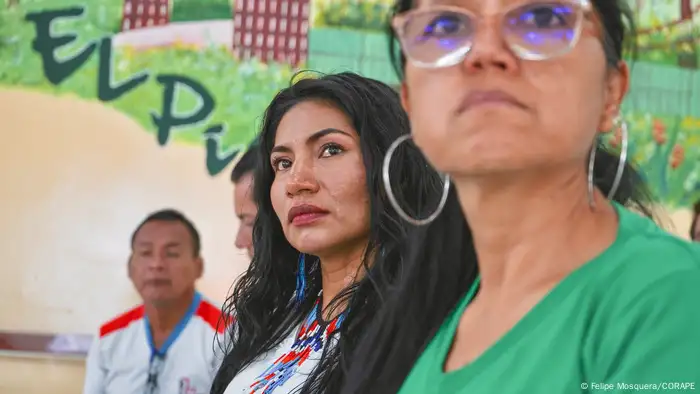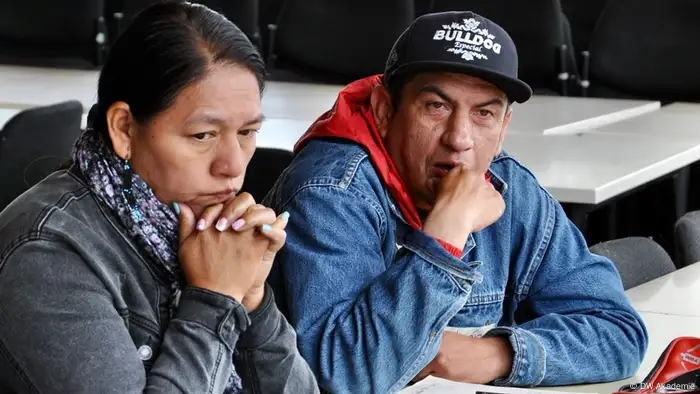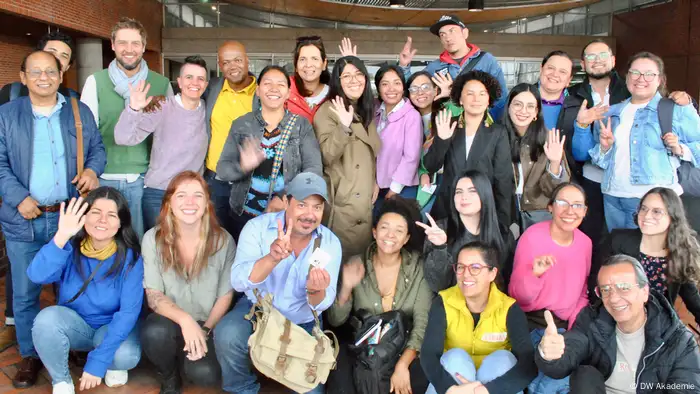Latin America
Five essentials that can unlock local journalism’s potential for global impact
Lessons from Latin America: Headlines barely focus on the issues most affecting the population, causing distance between it and the media. Local and community journalism can be a tool to improve that relationship.
In Latin America, freedom of the press is under political pressure. Journalists there frequently describe government intimidation, as well as from other interest groups, as they try to simply do their jobs, and also that disinformation seeds lack of confidence in the media.
However, this credibility crisis has opened up alternative ways of narrating reality,and bringing news closer to the communities and their needs. Hyperlocal, local and community journalism can strengthen democracy and citizen participation.
Journalism at the service of the local
This journalism zeroes in on issues relevant daily lives lived in indigenous communities and in peripheral neighborhoods, in part by tapping into the knowledge and experience of those who live there. The residents, in essence, become the actors in telling their stories.
To do this, it's essential to:
1. Spotlight local interests
Integrating local interest stories into media agendas requires close listening to audience interests and needs. So, reporters and editors should regularly cover news beyond capital cities and national politics and dive deeper into indigenous and other often ignored communities.
2. Create a local news plan that can have global impact
Look behind the news event, which may not be isolated. Follow up on stories weeks or months after they break; it's possible there is fall-out and long-term repercussions. In the Amazon, for example, deforestation is both a local and global problem that plays out over time, with numerous stories that follow for the climate, economy and society as a whole.
3. Include the protagonist voices
Give prominence to the people who live in the communities reported on and who are part of the news. Recognize their wisdom and experiences as fundamental elements that can enrich narratives. Highlight the voices of those who are directly affected by local problems. This allows for a greater connection with the audience. To the extent the problem is multifaceted, map out the conflict or the solution in other places, using local voices, as well.
4. Promote community communication
Indigenous and community communicators play an essential role as intermediaries between the media and local communities. By understanding local realities and knowing the communication channels, reporters can build a closer and more authentic dialogue, allowing for a more accurate telling of local stories in a global context. In addition, involving community members serves to counter accusations of "extractivist journalism" and reflects the Do No Harm approach.
5. Promote collaboration and editorial diversity
In addition to including local and community perspectives, encourage editorial diversity and collaboration with different population groups to enrich media coverage. Through inclusive editorial boards and dialogue with diverse communities, for example, it is possible to identify priority issues and ensure an equitable representation of diverse regional realities.
These are lessons from the DW Akademie workshop "Defragmenting journalisms, encounters between traditional, hyperlocal and digital," which was part of the framework of the Festival Gabo 2024 in Bogotá, Colombia. More than 30 journalists from local, community, alternative and traditional media from Latin America discussed the challenges of journalism in the region and its potential to generate positive impact. The event was moderated by Magnus Kossmann, DW Akademie's program director for Colombia, Ecuador and Peru (until June 2024), and included the participation of Sergio Silva, editor of the science, environment, health and education section of El Espectador (Colombia); Laura Mejía, executive director of Baudó AP (Colombia); and Jorge Agurto, director of Servindi, DW Akademie's partner in Peru.
- Date 21.10.2024
- Feedback: Send us your feedback.
- Print Print this page
- Permalink https://p.dw.com/p/4lxLY
- Date 21.10.2024
- Send us your feedback.
- Print Print this page
- Permalink https://p.dw.com/p/4lxLY



